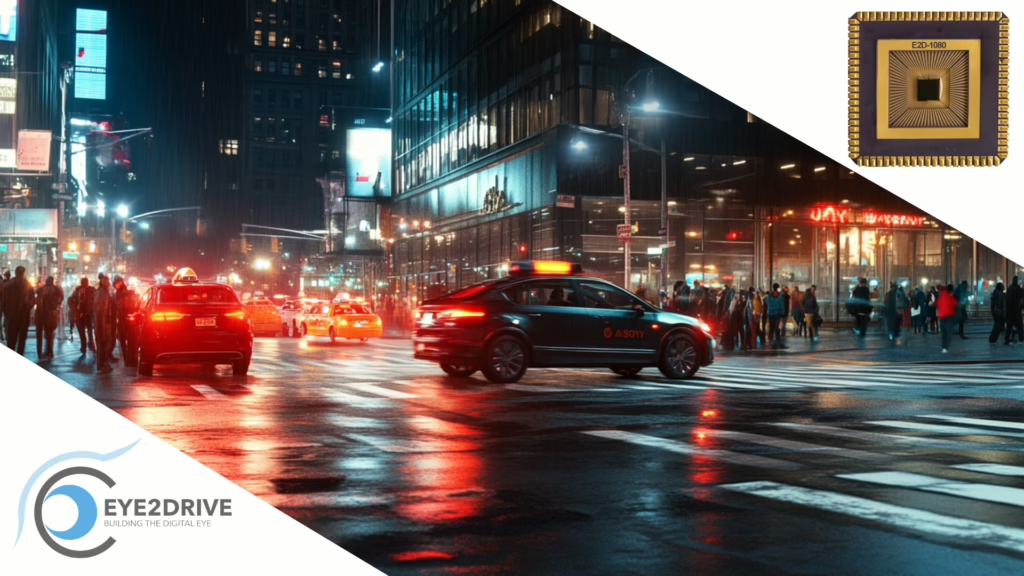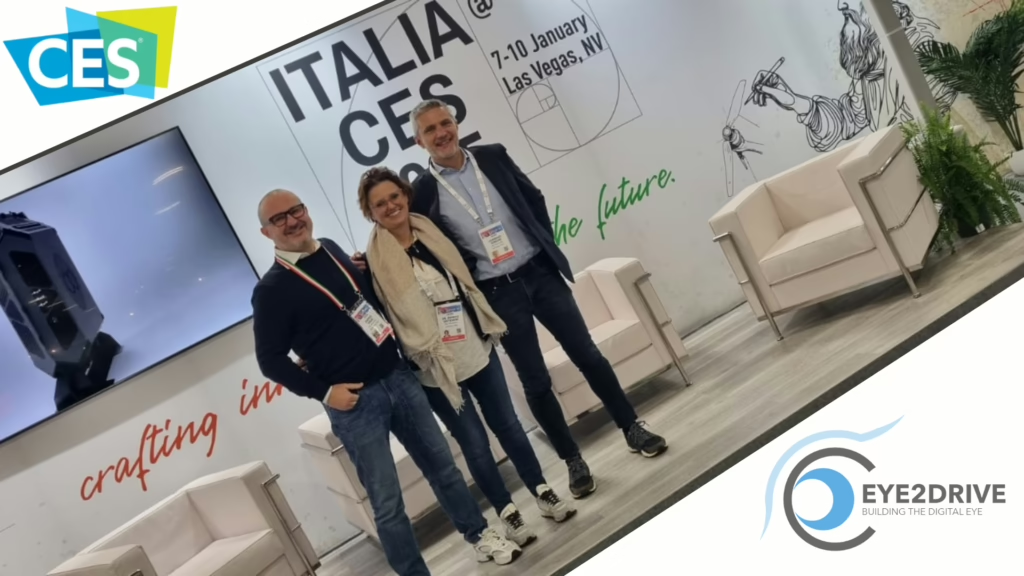Discover Eye2Drive’s Imaging Technology Roadmap
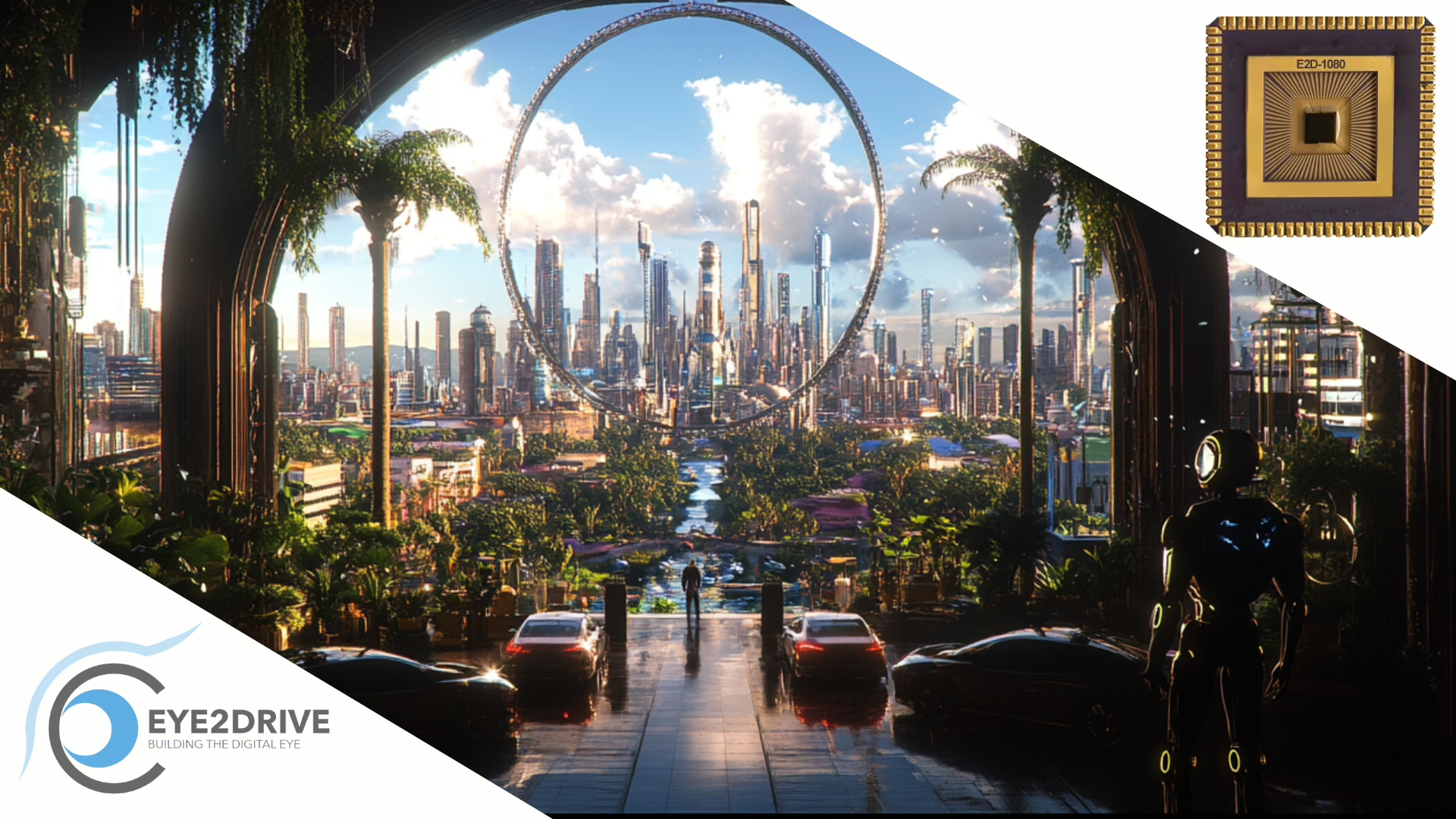
In this article, Eye2Drive‘s founders will tell the company’s story from its inception to today, the complete Eye2Drive’s imaging technology roadmap. It’s a journey of innovation, perseverance, and technological breakthroughs that transformed an academic research project into a solution with real-world impact across multiple industries. This story is part of Eye2Drive‘s next-generation imaging technology roadmap, which outlines how we are revolutionizing imaging to overcome challenges like light variability and deliver cutting-edge solutions for industries such as autonomous navigation, logistics, and robotics.
Our story begins in the esteemed Scuola Superiore Sant’Anna research laboratory, where our founders, dedicated researchers, shared a vision: to overcome a technological limitation that had plagued imaging for decades. The research was initially focused on advanced imaging, particularly addressing challenges arising from the widespread shift from CCD technology to CMOS sensors. While CMOS sensors presented promising advantages, including lower power consumption and the ability to integrate more complex systems, they faced significant drawbacks regarding light management and saturation in rapidly changing environments.
As we examined the limitations, we saw an opportunity to redefine imaging technology entirely. What began as a focused research project soon grew into something much larger—a breakthrough that would go on to serve industries well beyond what we initially imagined. This breakthrough led to the creation of our first sensor. This product has evolved to meet diverse industries’ growing and varied demands, from autonomous vehicles to logistics, robotics, and more.
Addressing the Complexities of Light Variability
Throughout our research, we realized light variability’s complexities extended far beyond just one or two industries. Many sectors, such as industrial applications, autonomous driving, and even smart cities, faced challenges with rapidly changing lighting conditions that hindered the effectiveness of traditional cameras. Whether it’s an autonomous vehicle navigating from the shade of a tunnel into the bright sunlight or a warehouse logistics system scanning labels on products with reflective surfaces, these scenarios were beyond most sensors’ capabilities.
The prevailing solutions at the time involved either post-processing techniques or data fusion. However, these solutions introduced a range of challenges, from energy inefficiency to decreased image quality. We saw an opportunity to revolutionize how cameras handled these drastic light changes, and we were determined to find a more reliable and efficient solution.
A New Approach to Imaging
At the heart of our innovation lies the design of a sensor capable of autonomously adjusting to rapid brightness changes. This challenge had previously been addressed through complex, software-driven processes. Rather than relying on post-processing or a combination of multiple exposures, our sensor works directly at the hardware level to handle these challenges in real-time without additional software manipulation.
This breakthrough offers several key advantages: it eliminates the need for power-hungry image processing units, reduces latency, and delivers superior image quality, even in difficult lighting conditions. Our sensor’s ability to adjust in real time means it can perform consistently in environments where light intensity fluctuates dramatically. From the bustling logistics centers to the ever-changing landscapes encountered by autonomous vehicles, our sensor adapts seamlessly to provide the clarity and precision required in critical moments.
Adapting to Light Changes
The analogy we often use to explain our sensor’s capabilities is comparing it to the human eye. Think about it: when you enter a dark room and open your eyes, you don’t immediately see every detail, but your eyes start adjusting, gradually increasing their sensitivity to the dim light. Similarly, suppose you suddenly turn toward a window filled with bright sunlight. In that case, your vision might be temporarily overwhelmed, but soon, your eyes adjust to see clearly both inside the room and outside. This bioinspired adaptation is seamless and happens within seconds.
Our sensor operates similarly: it adjusts in real-time to shifts in lighting, both in dark and bright environments. Traditional sensors, on the other hand, are slower and less efficient at handling these transitions. Instead of instantly reacting to changes in light intensity, they struggle to process such drastic variations, leading to slower adjustments and often compromised image quality.
Where and How We Make a Difference
Our journey hasn’t been without its challenges, but we’ve received crucial feedback from multiple industries, confirming that the problem we set out to solve is, in fact, a very real and pressing one. From defense to industrial applications and automotive to logistics, the demand for technologies that effectively manage light variability has grown stronger. Our sensor technology has resonated particularly well with these sectors, demonstrating a need for reliable solutions that can handle rapidly changing lighting conditions without compromising performance.
The key issue we are tackling, which cannot be overlooked, is light variability. This challenge is evident in many industries, where environments are constantly changing, whether due to dynamic lighting conditions or the specific nature of the target being analyzed. The ability to process these fluctuations in real-time—just as our eyes naturally adjust to changes in light—is at the heart of our sensor’s success.
The technology we’ve developed doesn’t just provide a solution—it creates value by enabling real-time, high-quality imaging in environments that were once too challenging for conventional sensors. By offering superior adaptability to rapidly changing lighting conditions, we would allow industries to make more accurate decisions, improve operational efficiency, and ultimately enhance user safety.
In autonomous driving, for example, our sensor can ensure that vehicles can perceive bright sunlight and shadows equally well, enabling smoother, more reliable navigation in complex environments. Similarly, in robotics, our sensor helps machines operate more effectively in dynamic settings, from warehouses to construction sites, where lighting can change from one moment to the next.
Where We’re Headed
We are committed to pushing the boundaries of what’s possible, and we’ve outlined a clear roadmap for the future. Today, we have a fully functional sensor, which is available for third parties to integrate into their systems and supported by a demo board. This embedded system allows users to experiment and develop proof-of-concept solutions, incorporating our sensor’s advanced light variability management into their products. This ability to prototype and test solutions is crucial to ensuring that our technology can meet the specific needs of each industry we serve.
The next version of our sensor, incorporating the improvements we’ve patented over the past year, will be available in September 2025. This upgraded sensor will deliver enhanced performance and be even more adaptable to our customers’ changing needs.
By mid-2026, we aim to have a pre-production prototype ready, which will be functionally equivalent to a full product, offering customers the ability to develop production-ready solutions in collaboration with us. This version will be designed with an eye toward mass production, enabling a smooth transition from prototype to market-ready products.
By mid-2026, we aim to have a pre-production prototype ready, which will be functionally equivalent to a full product, offering customers the ability to develop production-ready solutions in collaboration with us. — Monica Vatteroni, CEO
What’s Next?
The continued evolution of our sensor technology is not just about improving hardware—it’s about ensuring that our products integrate seamlessly with cutting-edge systems, such as AI-powered algorithms and advanced control systems. These integrations open the door for a wide range of applications, from industrial automation to military defense, where precision and adaptability are paramount.
Our work doesn’t end with the release of each new sensor. We are continually gathering feedback from the market, refining our technology to meet the ever-changing demands of various sectors. Our future innovations will focus on improving light variability management and exploring new ways to integrate our sensors into a broader ecosystem of advanced technologies.
In the coming months and years, we are committed to ensuring that our sensor remains at the forefront of the industry, continuously driving forward to provide our customers with the most advanced, efficient, and reliable imaging technology.
Where We Are Now and What’s Next in Our Roadmap
Today, we have a fully functional sensor already available for third-party integration. Through the development of embedded systems and proof-of-concept solutions, we’ve made it possible for customers to build prototypes using our technology. Our current demo kit provides an excellent starting point for these developments.
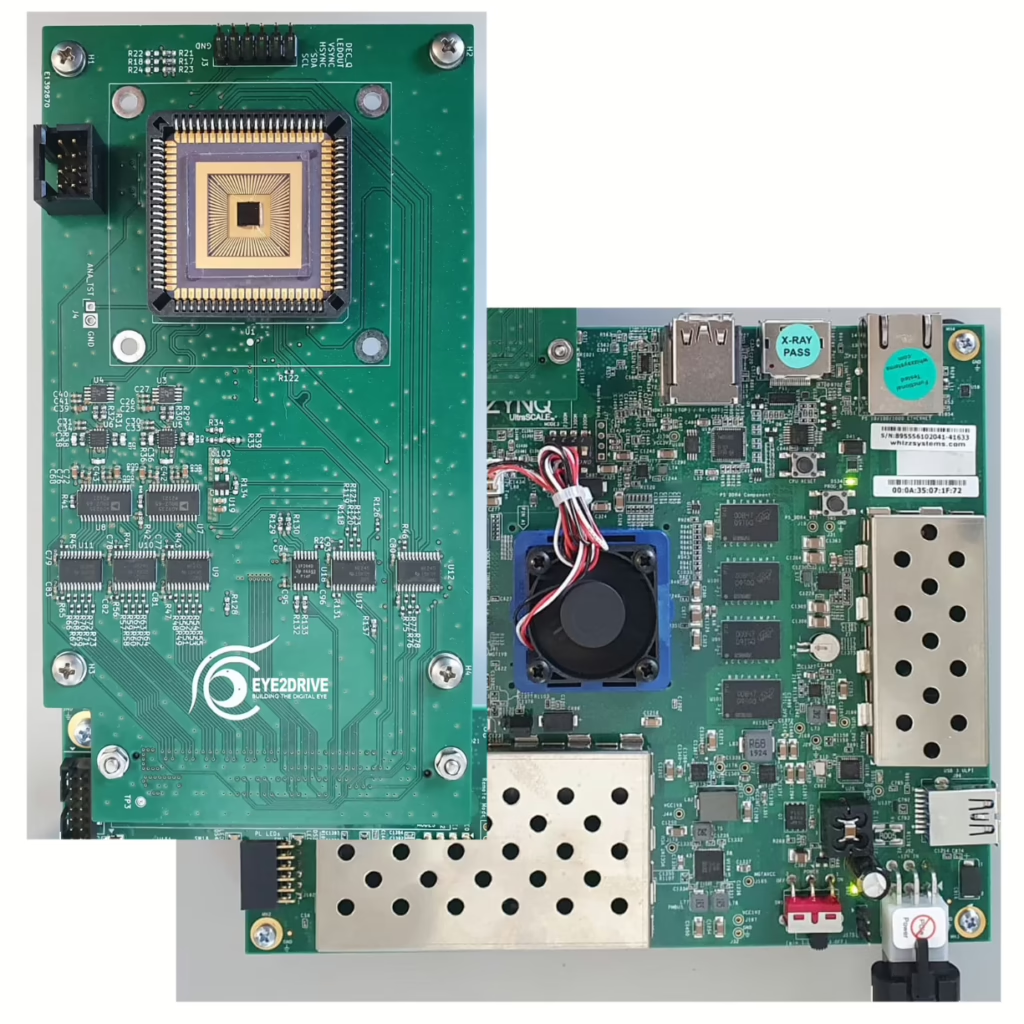
By September 2025, we will release an upgraded version of our original sensor, incorporating improvements from user feedback and new patented technologies. These enhancements will include hardware modifications, software improvements, and advanced features designed to meet the needs of a broader range of applications.
Looking ahead, our goal is to release the next generation of sensors by mid-2026. By this point, we’ll have a pre-production prototype available for partners, enabling them to begin preparing for large-scale production and implementation.
We remain focused on expanding our sensor’s functionality, ensuring it can integrate with future technologies, and constantly improving its ability to handle light variability.
At the same time, we will continue to grow our ecosystem, providing the necessary support for customers to develop and deploy solutions based on our sensors.
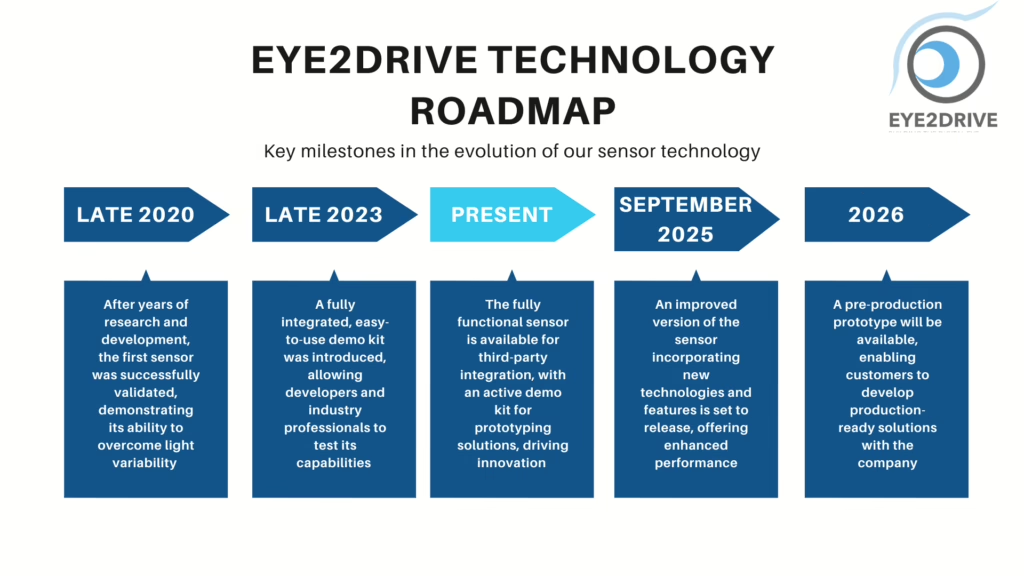
Expanding the Impact of Our Sensor Technology
We know that the actual value of our sensor lies not just in its hardware but in the way it integrates with other systems to create robust solutions for industries worldwide. From autonomous driving to military applications, our technology will continue to impact diverse fields. By combining our sensors with cutting-edge artificial intelligence and control systems, we can unlock even more potential and offer even more advanced solutions.
We will never be satisfied with just releasing new products; our mission is to shape the future of imaging technology for autonomous navigation. As we grow, innovate, and explore new possibilities, we are dedicated to offering our customers the most reliable, effective, and efficient solutions for managing light variability.
Together, we are building a smarter, more adaptable world—one where the technology we create helps people and industries overcome some of the most challenging problems in imaging.
Conclusions
Our roadmap is clear and ambitious. The current generation of our sensor is already available for integration, allowing third-party developers to build and test proof-of-concept solutions. Looking ahead, we are preparing to launch an upgraded version in September 2025, incorporating patented improvements based on market feedback. By mid-2026, we will introduce a pre-production prototype, bringing us one step closer to mass deployment. This structured approach ensures that our technology remains at the forefront of imaging innovation, meeting the evolving needs of our partners and customers.
However, our work does not stop here. The future of imaging lies in the seamless integration of hardware and AI-driven software, enabling even greater levels of precision, adaptability, and automation. As we refine our technology, we remain committed to pushing the boundaries of what is possible. By fostering collaboration with industries that rely on high-performance vision systems, we are not just developing a sensor—we are shaping the future of imaging.
In an era where precision, efficiency, and adaptability are paramount, Eye2Drive is leading the way in redefining imaging solutions. Through continuous innovation and a clear vision for the future, we ensure that industries can see the world more clearly, no matter the lighting conditions. The journey is far from over, and we are excited to see where the road ahead takes us.

